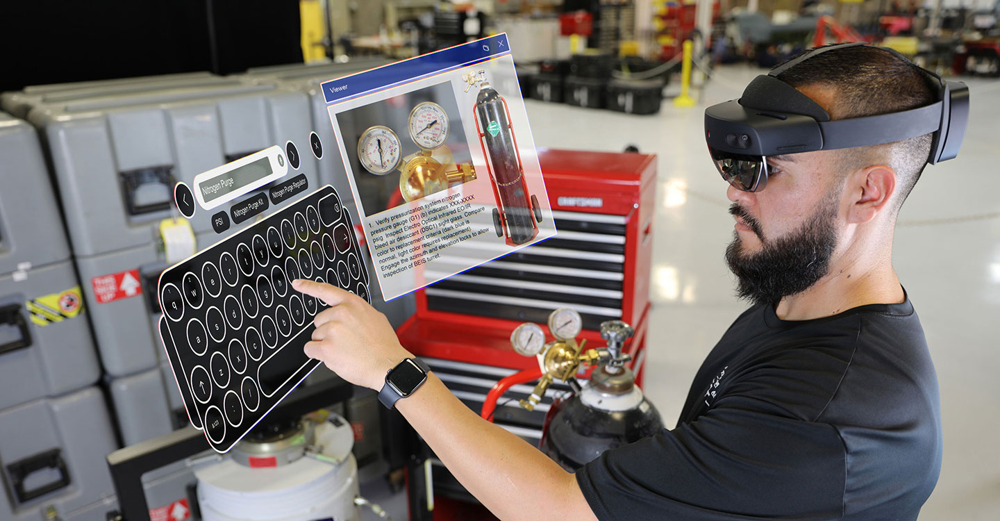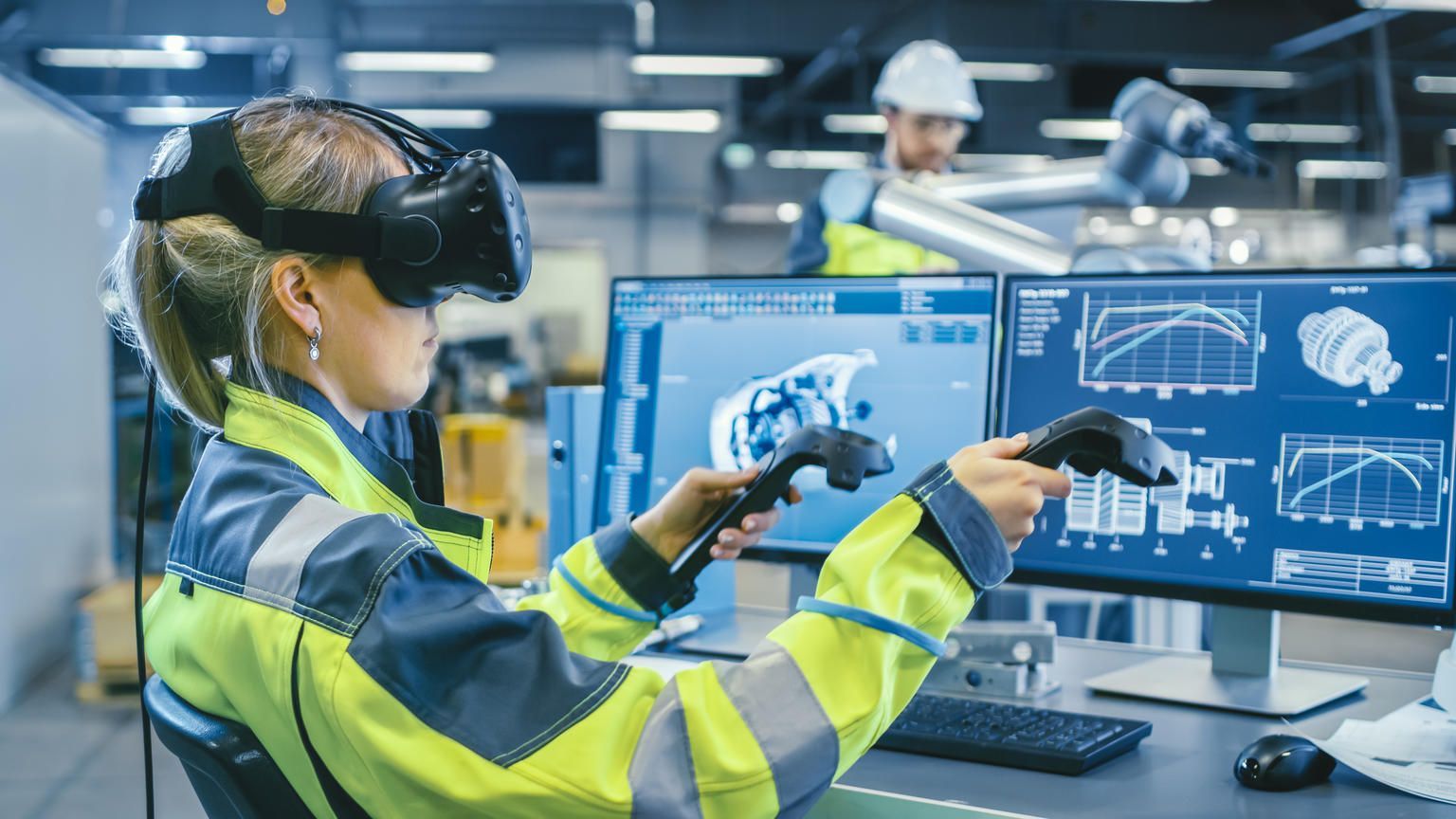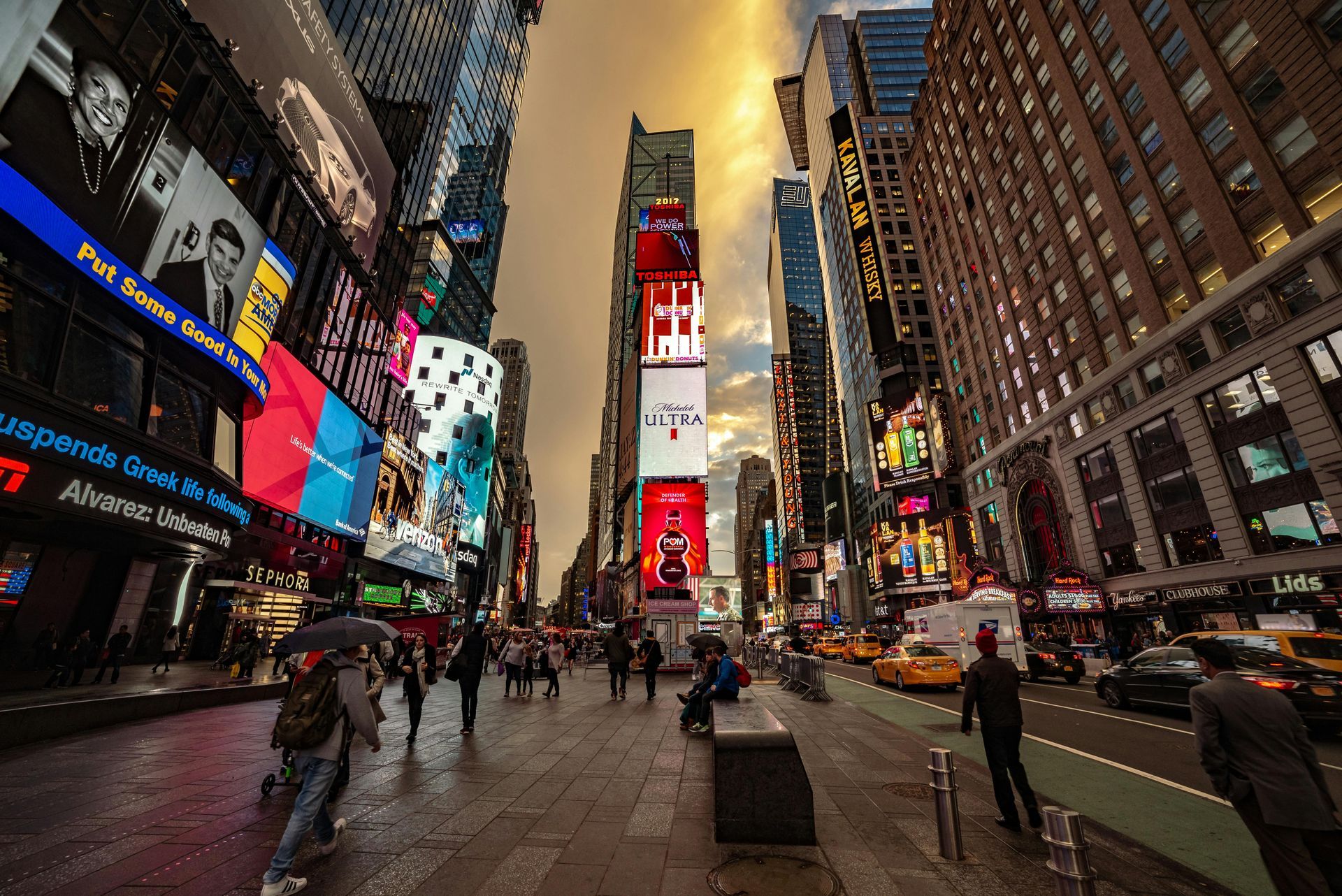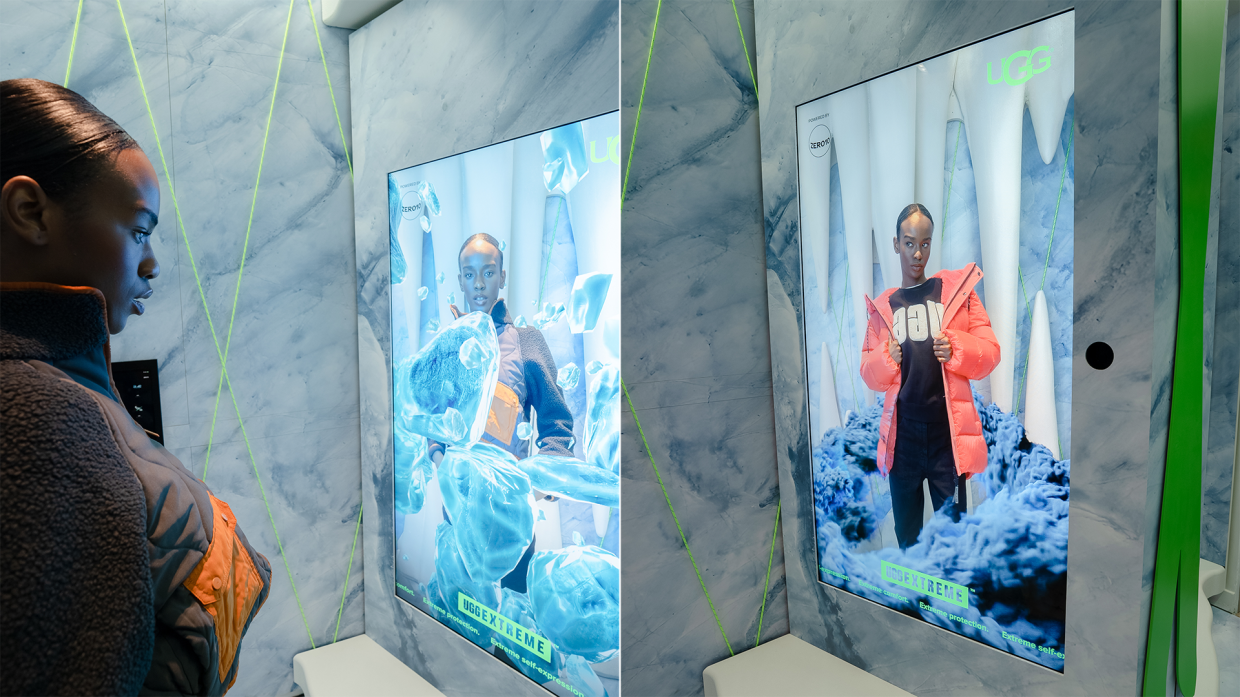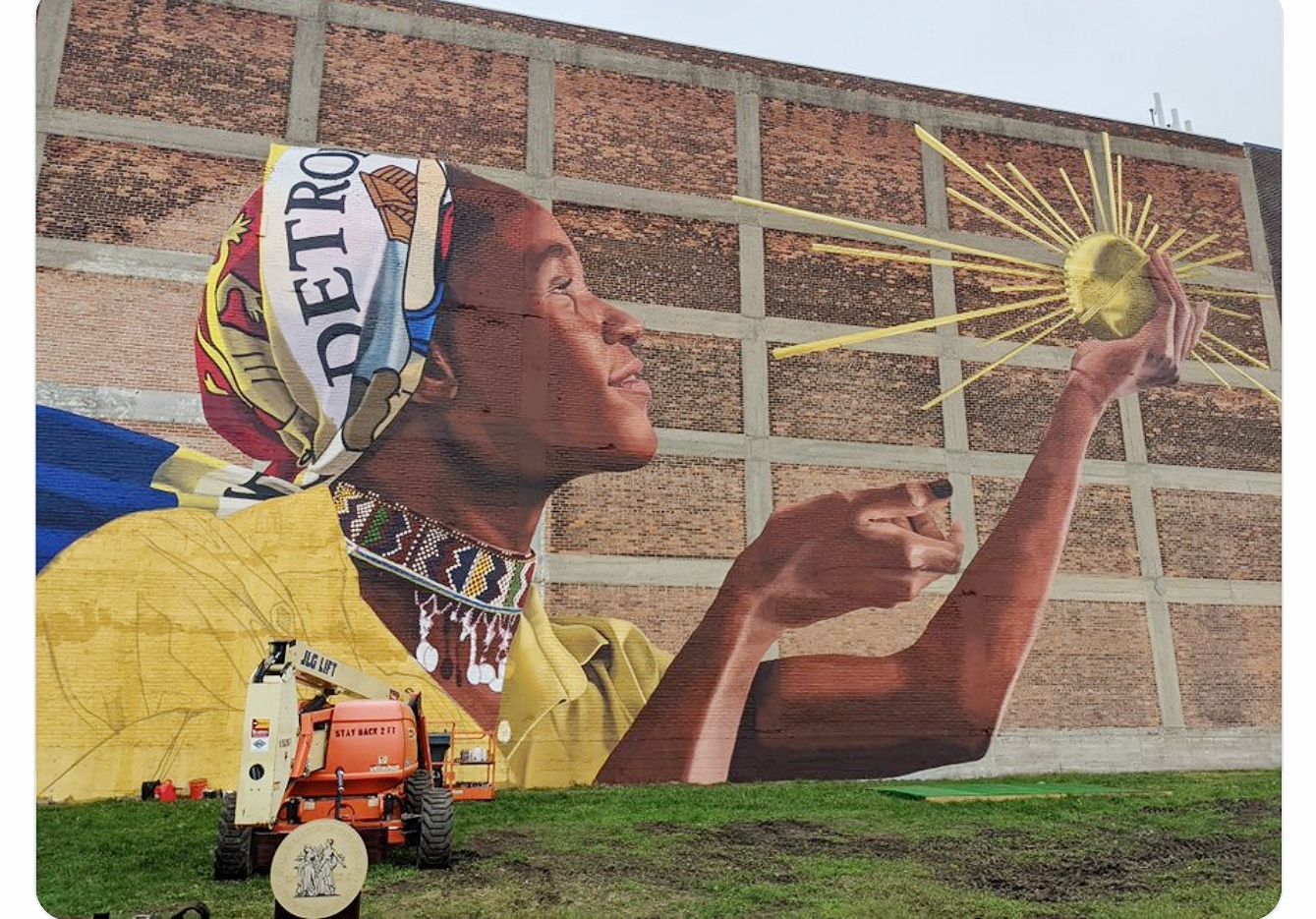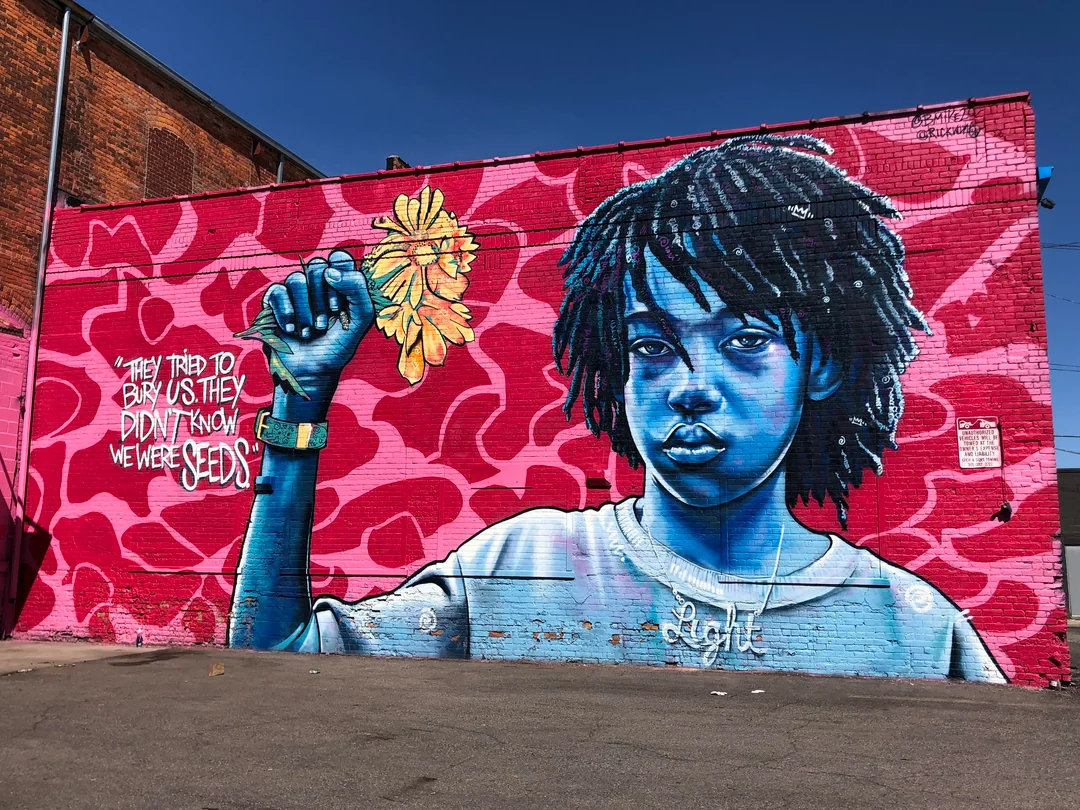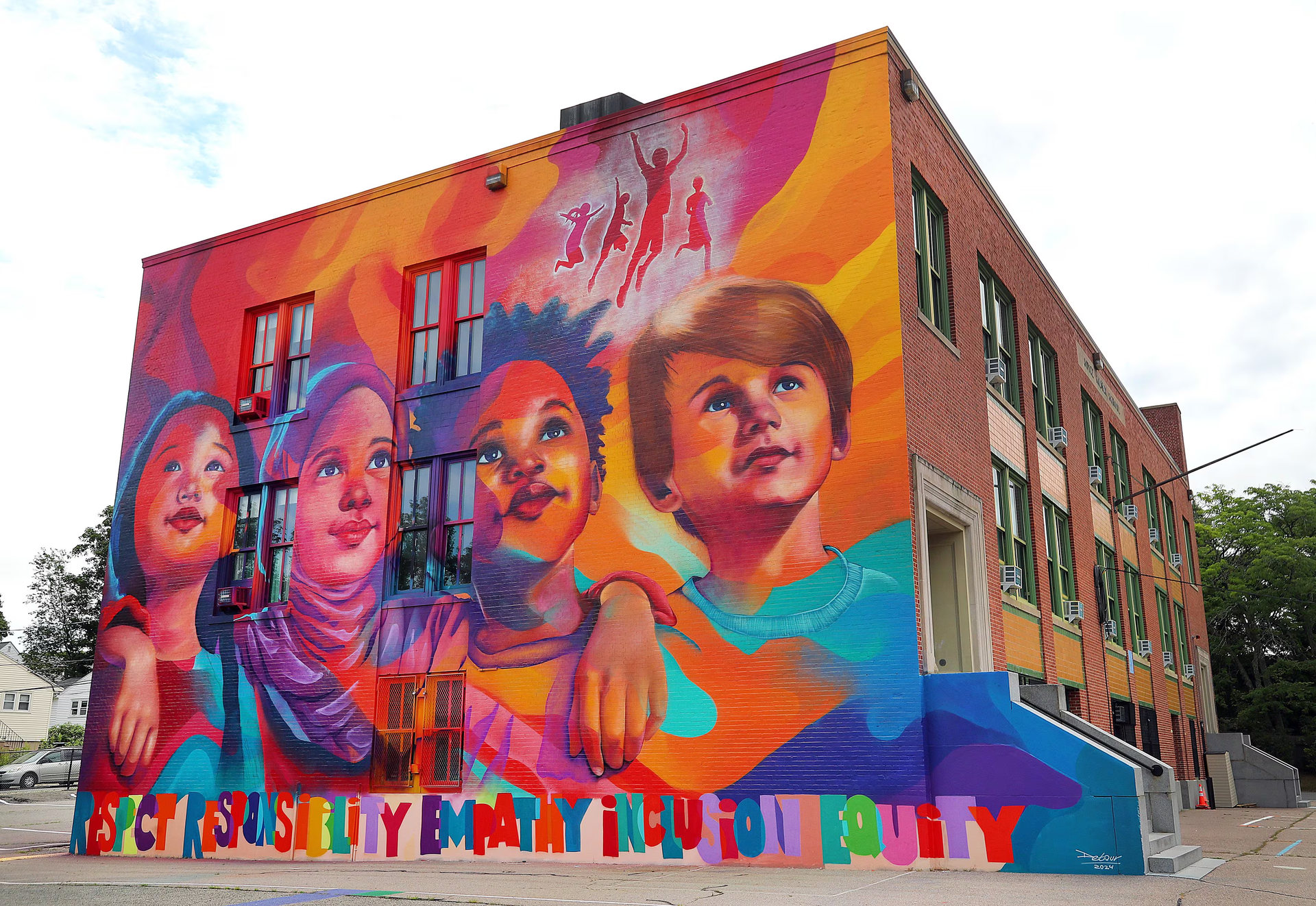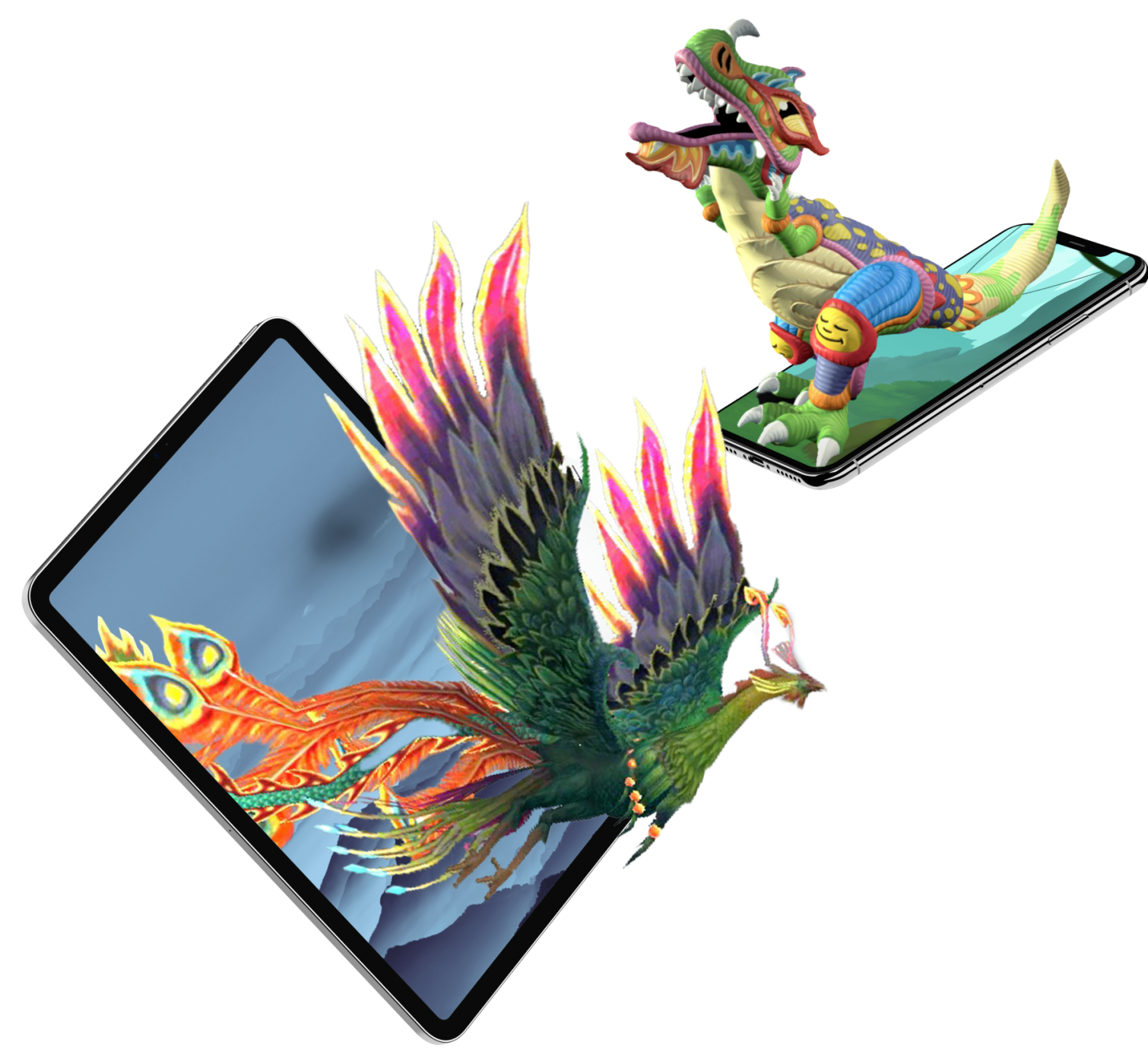Using AI for 3D Modeling
Introduction
In today's digital world, 3D models have become increasingly popular in various industries such as gaming, film, architecture, and more. However, creating these 3D models can be a time-consuming and intricate process. Thankfully, artificial intelligence (AI) has begun to revolutionize the way we generate 3D models, making the process more efficient and accessible. In this article, we'll explore the world of AI-generated 3D models, discuss how they're created, and delve into the impact they're having on various industries.
The Basics of 3D Modeling
What is 3D Modeling?
3D modeling is the process of creating a three-dimensional representation of a physical object or a scene using specialized software. These digital models can be manipulated, animated, and rendered to produce realistic images, videos, or interactive experiences.
Traditional 3D Modeling Techniques
Traditional 3D modeling techniques require a high level of skill and expertise, as artists meticulously create models using specialized software tools. This can be a labor-intensive process, often involving the manual placement of thousands of individual points, known as vertices, to define the object's shape.
AI in 3D Modeling
Benefits of AI in 3D Modeling
The integration of AI into the 3D modeling process offers numerous advantages, such as:
- Speeding up the modeling process
- Simplifying complex tasks
- Enhancing creativity by generating new design ideas
- Reducing the need for manual intervention
- Making 3D modeling more accessible to non-experts
How AI Generates 3D Models
Deep Learning and Generative Adversarial Networks (GANs)
One way AI can generate 3D models is through the use of deep learning algorithms known as Generative Adversarial Networks (GANs). These networks consist of two parts: a generator that creates new models and a discriminator that evaluates the quality of the generated models. By training these networks on large datasets of 3D models, the generator can learn to create realistic and novel 3D models.
Example: DALL-E
DALL-E, developed by OpenAI, is an AI system capable of generating 3D models based on textual descriptions. By training the system on a vast dataset of text-image pairs, DALL-E can create new 3D models that match the user's textual input.
AI-Based 3D Modeling Tools
Google Poly
Google Poly is an online platform that allows users to search and download 3D models. It uses AI to generate 3D models based on user input, making it easier for designers to find and use 3D assets in their projects.
NVIDIA Omniverse
NVIDIA Omniverse is a platform that combines AI, real-time 3D rendering, and collaboration tools to streamline the 3D modeling process. With its AI-powered algorithms, Omniverse can generate detailed and realistic 3D models in a fraction of the time it would take using traditional methods.
AI for Realistic 3D Model Generation
Procedural Generation
Procedural generation is a technique that uses algorithms to create complex 3D models based on a set of rules. AI can enhance this process by intelligently generating realistic and varied models, making it perfect for creating vast landscapes, intricate architectural designs, or even entire virtual worlds.
Photogrammetry
Photogrammetry is a technique that uses AI to create 3D models from 2D photographs. By analyzing multiple images of an object or scene, AI algorithms can reconstruct the 3D geometry, texture, and even lighting conditions. This process results in incredibly realistic 3D models that are perfect for use in films, games, and virtual reality experiences.
Impact on Industries
Gaming
AI-generated 3D models are revolutionizing the gaming industry by speeding up the development process and enabling the creation of more realistic and immersive virtual worlds. Game developers can now create large-scale environments, detailed characters, and complex objects with ease, giving players an even more engaging experience.
Film
In the film industry, AI-generated 3D models are making it possible to create stunning visual effects and realistic digital doubles for actors. This technology allows filmmakers to push the boundaries of their storytelling, transporting audiences to new and exciting worlds.
Architecture and Construction
AI is also having a significant impact on architecture and construction. With AI-generated 3D models, architects can quickly generate multiple design options and visualize their projects in great detail. This technology can also help identify potential design flaws early in the process, saving time and resources.
The Future of AI in 3D Modeling
As AI continues to advance, we can expect even more innovative ways to generate 3D models. We may see AI systems capable of creating fully animated and interactive models, or even collaborating with human designers in real-time to bring their creative visions to life.
Conclusion
In summary, AI is revolutionizing the way we generate 3D models, making the process more efficient, accessible, and creative. As AI technology continues to evolve, the possibilities for 3D modeling are endless, and we can expect to see even more impressive results in the years to come.
FAQs
How do AI algorithms generate 3D models?
AI algorithms, such as Generative Adversarial Networks (GANs), can generate 3D models by learning from large datasets of existing models and creating new, realistic models based on that training.
What industries are benefiting from AI-generated 3D models?
Industries such as gaming, film, architecture, and construction are benefiting from the speed, efficiency, and realism provided by AI-generated 3D models.
Can AI create realistic 3D models?
Yes, AI can create incredibly realistic 3D models by using techniques such as procedural generation and photogrammetry.
Are there any AI-based 3D modeling tools available?
Yes, there are several AI-based 3D modeling tools available, such as Google Poly and NVIDIA Omniverse, which can help streamline the 3D modeling process and generate realistic models.
What does the future hold for AI in 3D modeling?
As AI technology advances, we can expect even more innovative ways to generate 3D models, such as fully animated and interactive models, and real-time collaboration between AI systems and human designers.
TALK TO A PRO
We're here to bring your brand to life!
Stay Connected with BrandXR
Create Augmented Reality for Free!
Create, Publish, and Measure 3D Augmented Reality Experiences Without Having to Code.

